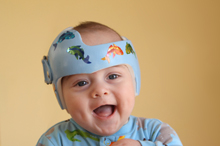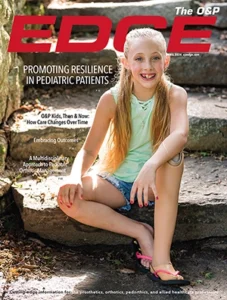
Orthotic helmets and active repositioning are the most common treatments for deformational plagiocephaly (DP). But according to researchers at Washington University School of Medicine, St. Louis, Missouri; the University of Copenhagen, Denmark; and the Technical University of Denmark, Copenhagen, “existing evidence is not sufficient to objectively inform decisions between these options.”
Researchers at these institutions conducted a study to compare the outcomes of the two treatment methods and concluded that orthotic helmets provide statistically superior improvement in head symmetry compared with active repositioning immediately following therapy in cases of DP. The results of the study were published in the online version of Pediatrics, the journal of the American Academy of Pediatrics.
Angelo B. Lipira, MD, Division of Plastic and Reconstructive Surgery, Washington University School of Medicine, and colleagues captured whole head 3D surface scans of 70 infants with DP before and after treatment using stereophotogrammetric imaging technology. Half of the infants were placed in the helmeted group and half in the active repositioning group, with babies matched for severity of abnormality. A whole head asymmetry analysis was used to compare the outcomes, measuring for maximum and mean asymmetry values. Results showed that the helmeted group had a larger reduction than the repositioned group in both categories. The most dramatic difference was found in the occipital region.
The researchers note that further studies are necessary to conclude whether the improvements last as the child matures.




